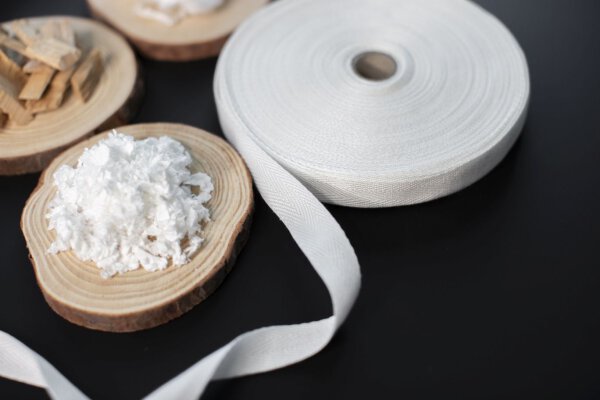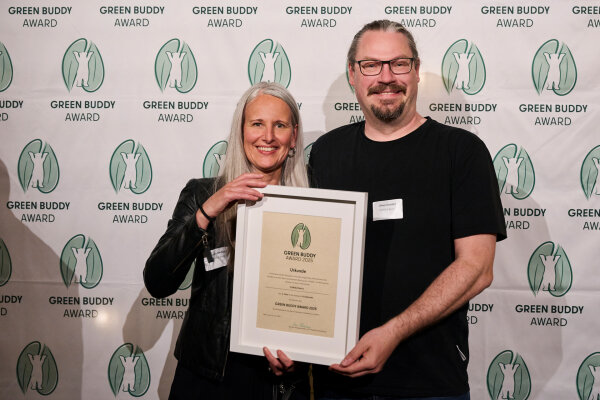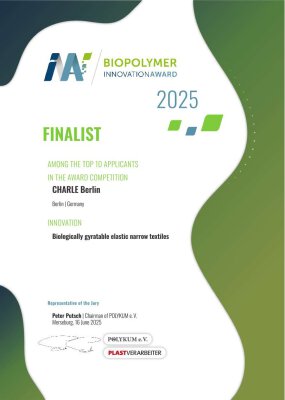Compostability of an elastic band
As part of her final thesis for her Bachelor Professional in Engineering, our founder Mandy carried out various stress tests on elasticated belts. These tests included mechanical and cyclic elongation tests, testing the resistance to chlorine and salt water and examining the compostability under realistic conditions in a garden compost.
The aforementioned tests were carried out in co-operation with the State Testing Office for the Textile Industry in Münchberg and were based on DIN and EN standards.
The composting trial took place in cooperation with the company Alpenwurm.at Alpenwurm.at in Raasdorf near Vienna.
This article is dedicated to the compostability of elastic belts.
Alpenwurm.at - Our partner in the composting experiment
Michael Lutz, hobby gardener and founder of Alpenwurm.at, established his company in 2019 with the vision of making home composting easy for people without a garden. He breeds different types of worms and offers them together with suitable worm bins. His mission: everyone should be able to compost organic waste themselves and thus contribute to reducing CO2 emissions.
This holistic approach made Michael the ideal partner for our test. He also already had experience in testing the compostability of biodegradable plastic bags - the outer packaging that is often used in supermarkets.
Elastic bands made from different material compositions
Three elastics made from different material combinations were tested for the experiment:
- Polyamide 6.6/Elastan (PA 6.6/EL)
- Tencel™ Lyocell/Roica V550 (CLY/ROICA)
- Cotton (organic)/natural rubber (CO/NR)
The cotton/natural rubber and Lyocell/Roica elastics were specially produced by Mandy for the tests. The polyamide tape is a standard item from the product range of our partner company.
Experimental setup

The 12 cm long elastics were fixed to stainless steel wire rope so that they could be matched during the test phase. The main fibres of the tested elastics (cotton, polyamide, lyocell) were used as sewing threads.
The compost environment was simulated realistically on an area of 75 x 43 x 30 cm. It consisted of a mixture of moistened hay, rotting material, cellulose pulp, coconut fibres, primary rock flour, 3 kg of compost worms (Eisenia Hortensis, Eisenia Foetida, Eisenia Andrei) and worm food. The moisture content of the soil was 60-70% and the humidity 50-70%. The pH value was 7 (neutral) and the room temperature fluctuated between 15 and 25 °C.

For the weekly feeding rhythm, around 400 g of powdered grain and rock flour was sprinkled on the substrate, which was eaten by the worms within three days. The substrate was continuously rummaged through and processed. The condition of the belts was checked and documented monthly.
First results after 53 days
After just under two months, the first clear changes became apparent:
-
CO/NR:
Detached from the wire; shows signs of decomposition in several places. The rubber remains elastic, but shows no signs of fatigue. Part of the elastic was sent to Berlin for analysis, the other part remained in the compost.
-
CLY/ROICA:
Detached from the wire; hardly stretchable and tears at low loads. The first signs of decomposition were visible, a part was also removed for further examination.
-
PA 6.6/EL:
Detached from the wire; hardly stretchable and tears at low loads. The first signs of decomposition were visible, a part was also removed for further examination.
Continuation of the trial with CO/NR
As our product range consists primarily of cotton/natural rubber elastics, the trial was only continued with this material from this point onwards. Lyocell/ROICA was not tested further, as ROICA V550 showed inadequate results in load tests and was unsuitable for us. The polyamide elastic (PA/EL) was also not an option for CHARLE products.
Results after 82 days
After just under three months, the cotton had completely decomposed visually. What remained was a piece of rubber that had largely lost its elasticity. The rubber threads had shrunk into a compact mass. Based on the feel and appearance, we suspected that it was natural rubber, even though a laboratory analysis should have confirmed this assumption.

From this point onwards, we only observed this specimen. The dimensions were approx. 15 mm x 7 mm.
Completion after 371 days
The project was completed after just over a year. The decomposition process was not yet complete, but had progressed considerably. The remaining pieces of the original 12 cm long elastic measured:
- 9 x 6 mm and
- 3 x 2 mm.
The worms had produced offspring during the experiment and were growing splendidly. Michael Lutz from Alpenwurm.at estimates that the remaining rubber remnants would have long since been processed by the worms in ground form.
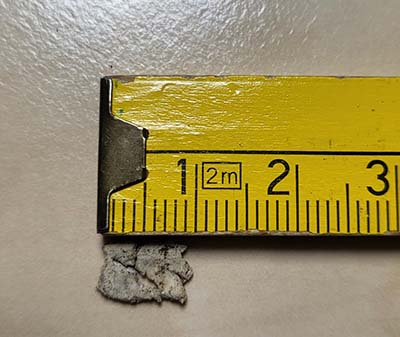

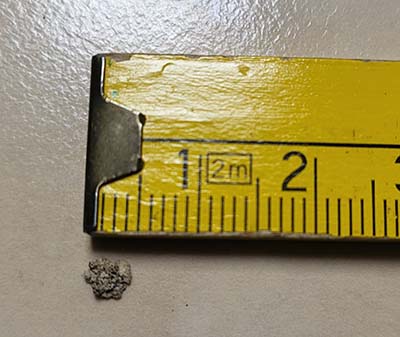
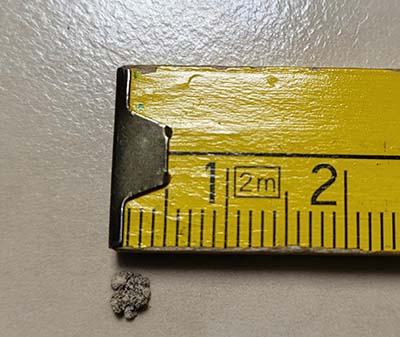
Conclusion and outlook
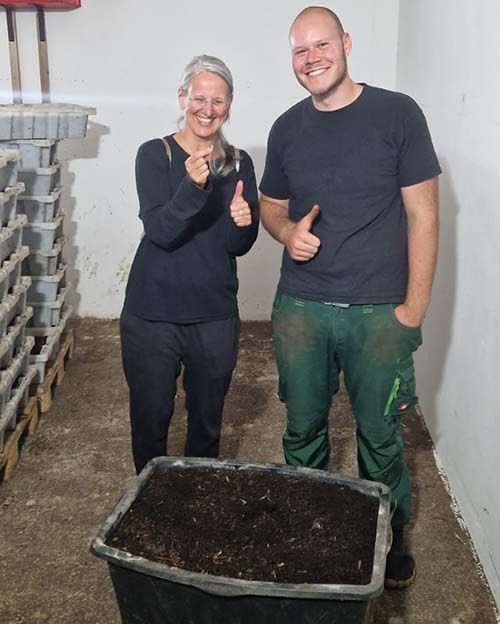
The experiment impressively demonstrates the degradability of elastic bands made of cotton and natural rubber. The good work of the microorganisms and worms under optimal conditions confirms the sustainability of our materials.
In the future, we are planning further tests under laboratory conditions with a subsequent cress test to validate and further optimise the results. A comparison with Australian worm farms, which have already tested our elastics, could also provide interesting insights into the factors influencing the degradation process.
Good to know: Differentiating between biodegradability and composting
A substance or material is considered biodegradable if it can be decomposed by microorganisms or enzymes. The time factor of decomposition does not play a fundamental role and can last several hundred years. What remains is water, carbon dioxide and biomass and, in unfavourable cases, harmful substances such as microplastics.
A substance or material is compostable if it is decomposed by microbes into humus within a short period of time, which contains valuable nutrients for nature. The time period depends on external circumstances such as temperature, humidity and soil fauna. For garden composting, this should be between 6 and 12 months. For industrial composting, the maximum period is 90 days. If a material is considered compostable, it leaves no harmful residues.
Compostable products are considered biodegradable because they are organic and decompose completely, releasing valuable nutrients into the soil and promoting the growth of flora. Biodegradable materials, on the other hand, are not automatically considered compostable because decomposition is primarily not time-critical and harmful components may remain.


